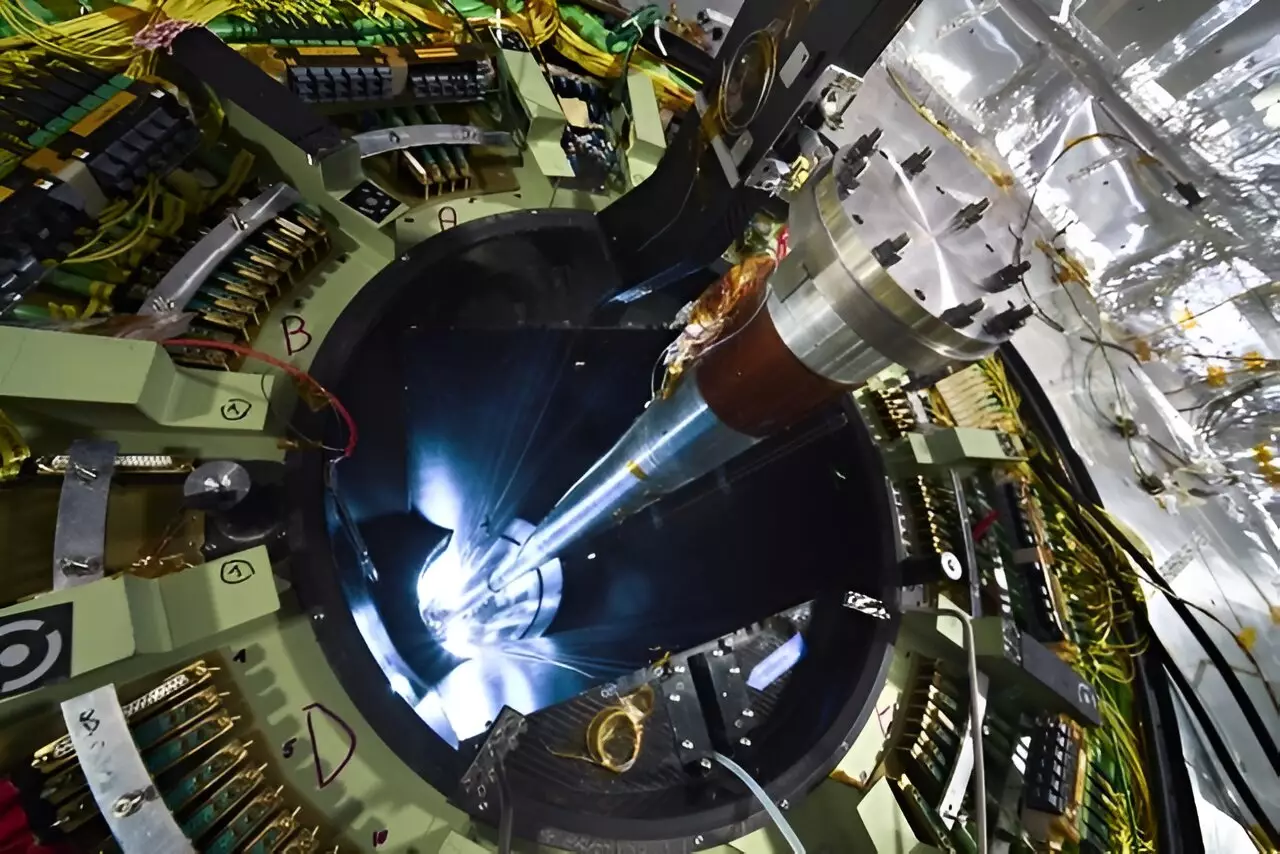The concept of magnetic monopoles, hypothetical particles that possess only one magnetic pole, has intrigued physicists since its inception. In particle physics, these elusive entities are theorized to exist as isolated North or South poles. Such particles challenge centuries of understanding of magnetic phenomena, as traditional magnets always come as a pair—north and south. The endeavor to prove their existence has fascinated scientists like Pierre Curie, Paul Dirac, and Joseph Polchinski, but attempts to discover them in experiments have consistently yielded negative results. Yet, the recent findings by a collaborative team of researchers from the University of Nottingham and CERN signal a significant step forward in this ongoing quest.
Groundbreaking Research from CERN
Recently, an innovative approach to searching for magnetic monopoles was undertaken using a decommissioned section of beam pipe from the Large Hadron Collider (LHC) at CERN. This research, reported in *Physical Review Letters*, marks the most stringent constraints on the existence of magnetic monopoles to date. The lead researcher, Oliver Gould, a Dorothy Hodgkin Fellow at the University of Nottingham, articulated the longstanding intrigue surrounding the possibility of single magnetic poles and expressed the transformative implications that confirming their existence would have for the field of theoretical physics.
The research utilized a beryllium segment that had been subjected to considerable radiation from high-energy ion collisions. This particular section of the beam pipe had been positioned at the collision point of the Compact Muon Solenoid (CMS) experiment, where it had the unique opportunity to harness the intense magnetic fields generated during these collisions. With these fields allegedly stronger than those found around rapidly spinning neutron stars, the prospect of spontaneous monopole creation through mechanisms like Schwinger pair production becomes plausible.
The Methodology Behind the Search
What distinguishes this research is its innovative approach to probing for monopoles. The study was conducted by the Monopole and Exotics Detector at the LHC (MoEDAL) experiment, which employed a superconductive magnetometer to detect any signatures of potential magnetic charges trapped within the beam pipe. This method is particularly critical as the conservation of magnetic charge suggests that any monopoles produced would not decay but could become immobilized in the materials of the beam pipe itself.
The team’s analysis aimed to detect the presence of these monopoles under conditions that had not been thoroughly explored previously. Aditya Upreti, a Ph.D. candidate involved in the study, underscored the significance of their location: the site of ultra-heavy ion collisions provided an unparalleled chance to investigate high-magnetic-charge environments that could result in monopole formation.
Despite the thorough investigation, the results returned no evidence of magnetic monopoles. However, this outcome allowed the researchers to place robust limits on their potential existence. The study definitively excludes monopoles lighter than 80 GeV/c² and provides leading constraints on magnetic charges within the range of two to 45 base units. This represents a fundamental advancement in our understanding of these hypothetical particles—while not confirming their existence, it outlines the parameters in which they could or could not exist.
The scientists involved are not drawing the line here; they are already planning to extend their efforts. The original experiments were conducted with LHC runs at lower energy levels prior to 2013. With advancements in the collider’s operational capacities, the possibility of conducting further searches in more recent higher-energy runs may yield new insights and possibly bring them closer to discovering the long-sought-after monopoles.
The quest for magnetic monopoles encapsulates the spirit of scientific inquiry—the relentless pursuit of knowledge against the backdrop of the universe’s intricacies. The results from the LHC are not just about what was not found; they serve as the foundation for future explorations and define the limits of our current understanding. With the potential for higher-energy collisions, the door is wide open for new discoveries that could challenge existing theories and expand our comprehension of the fundamental forces that shape our universe. The journey toward uncovering the truth behind magnetic monopoles continues, igniting hope and curiosity in the realm of theoretical physics.


Leave a Reply